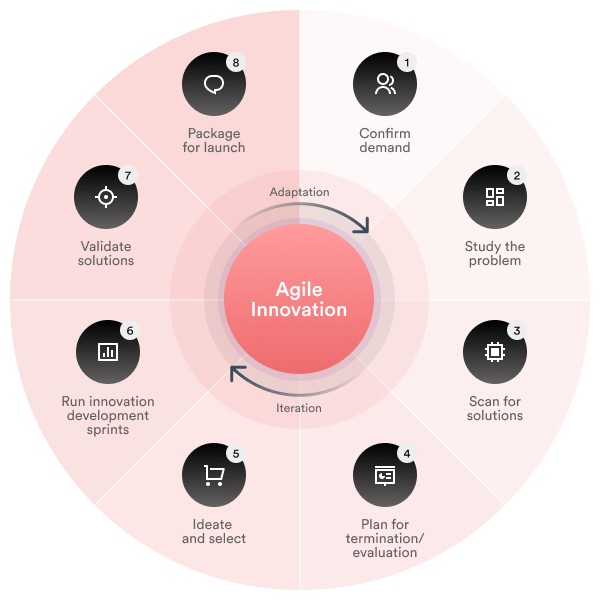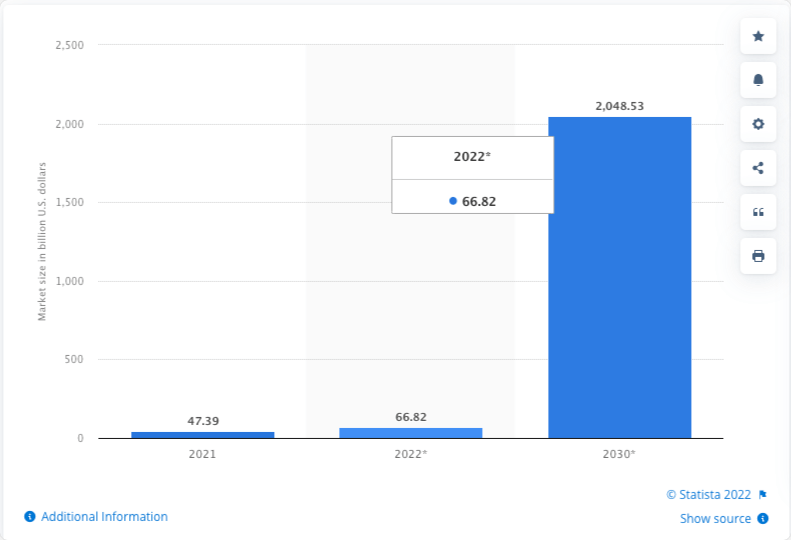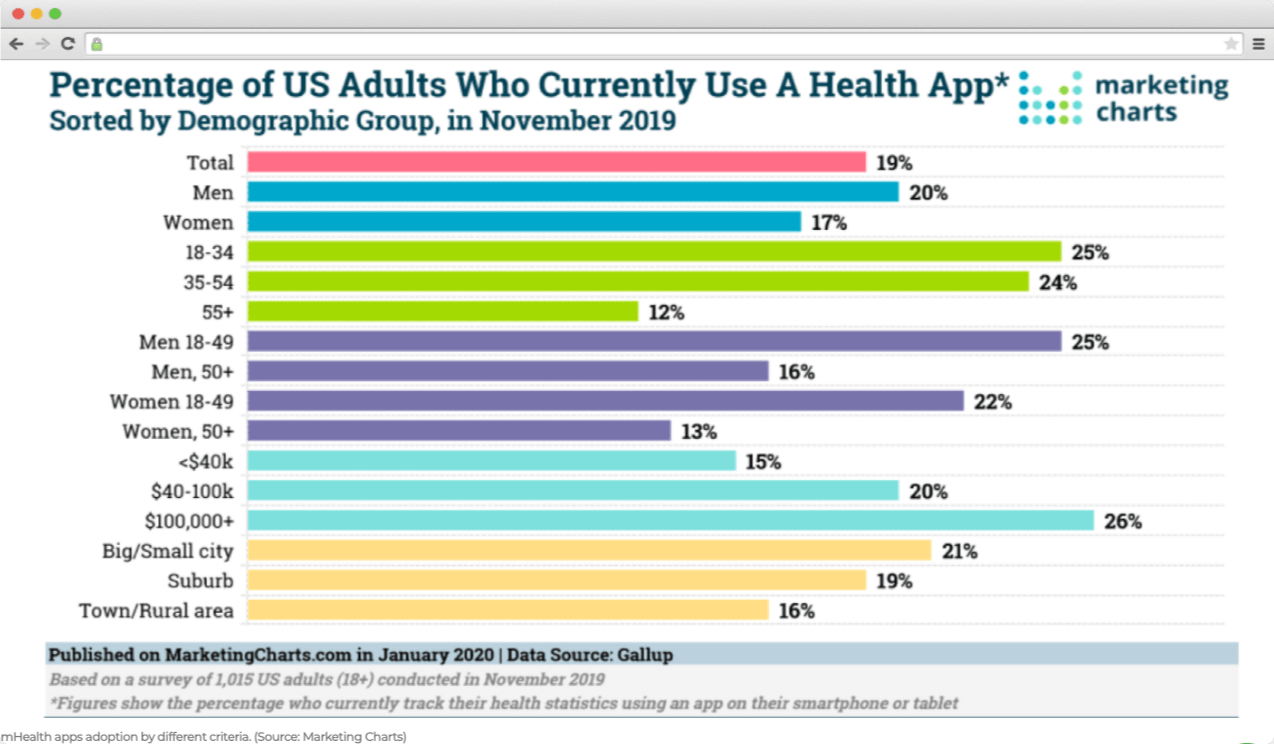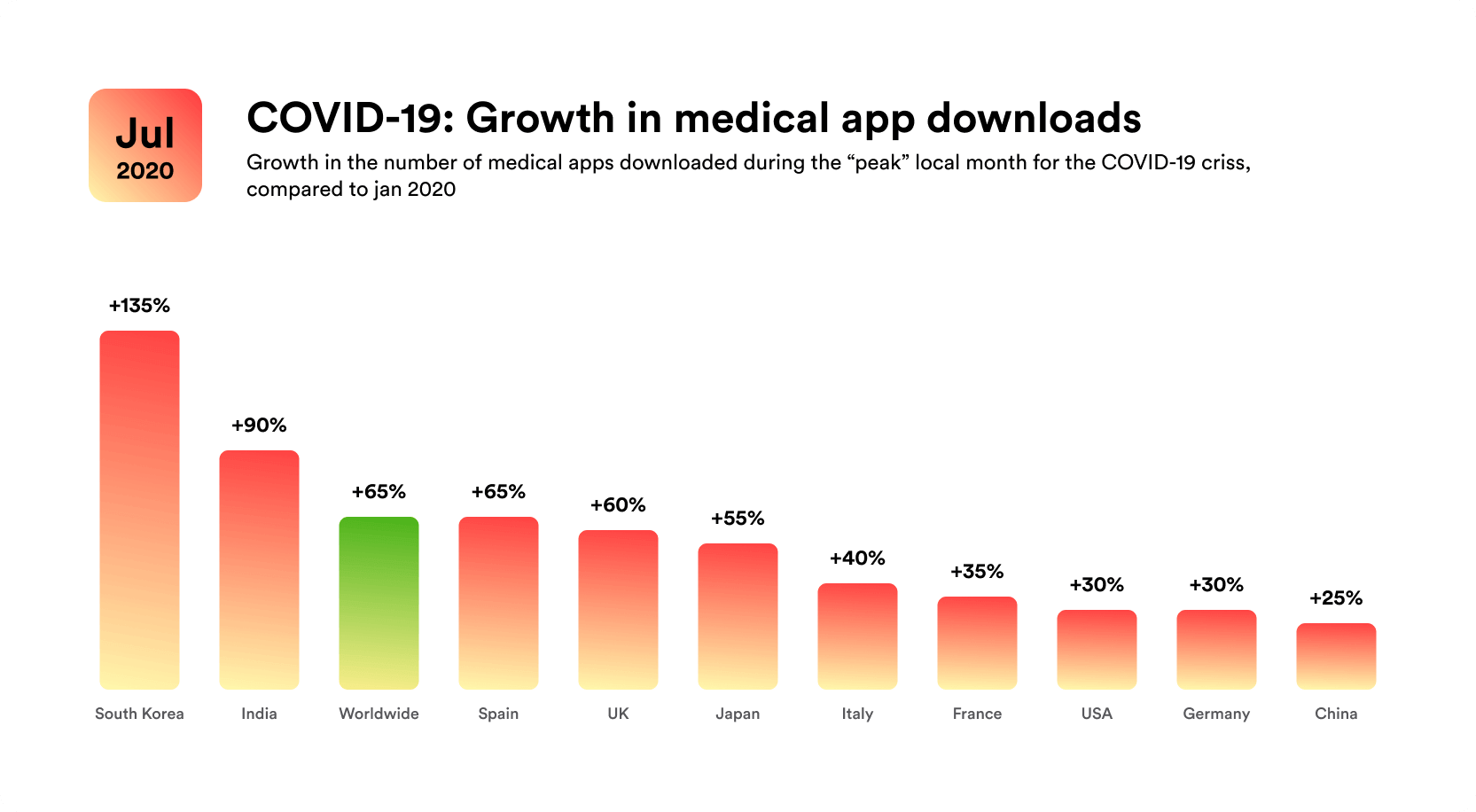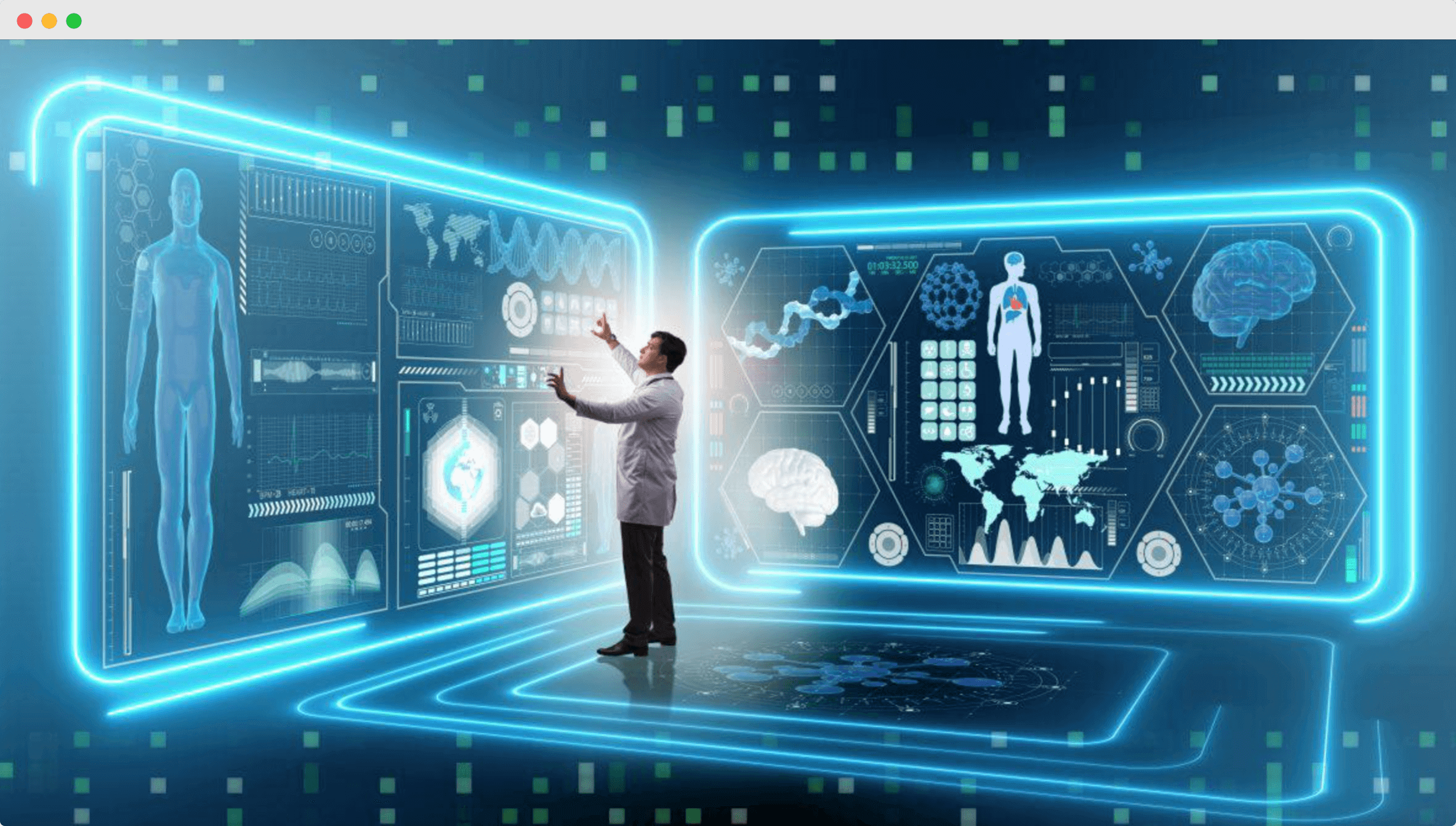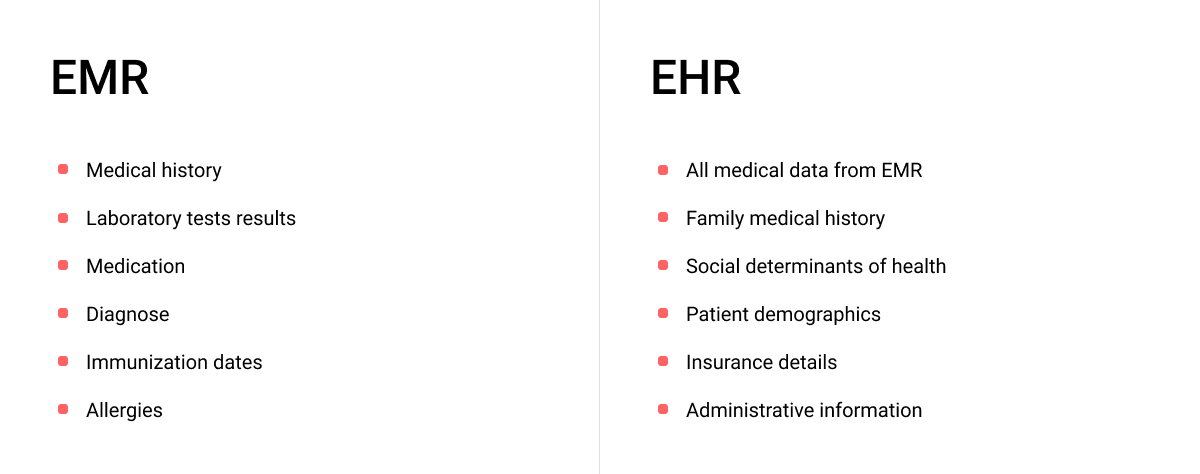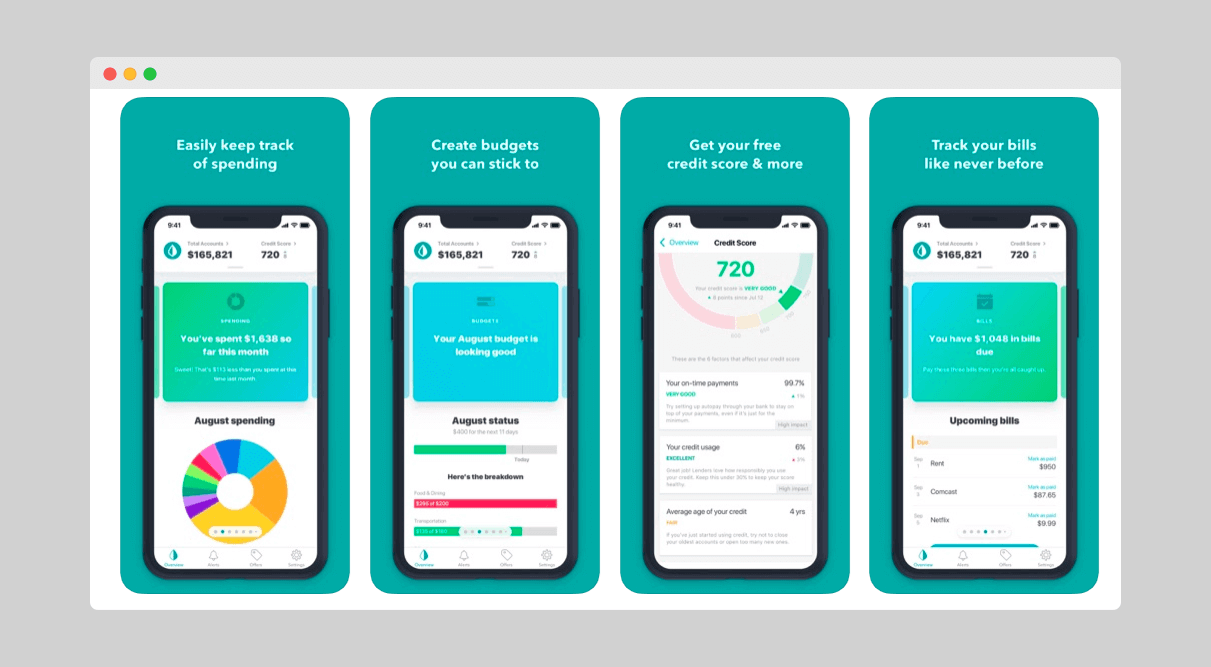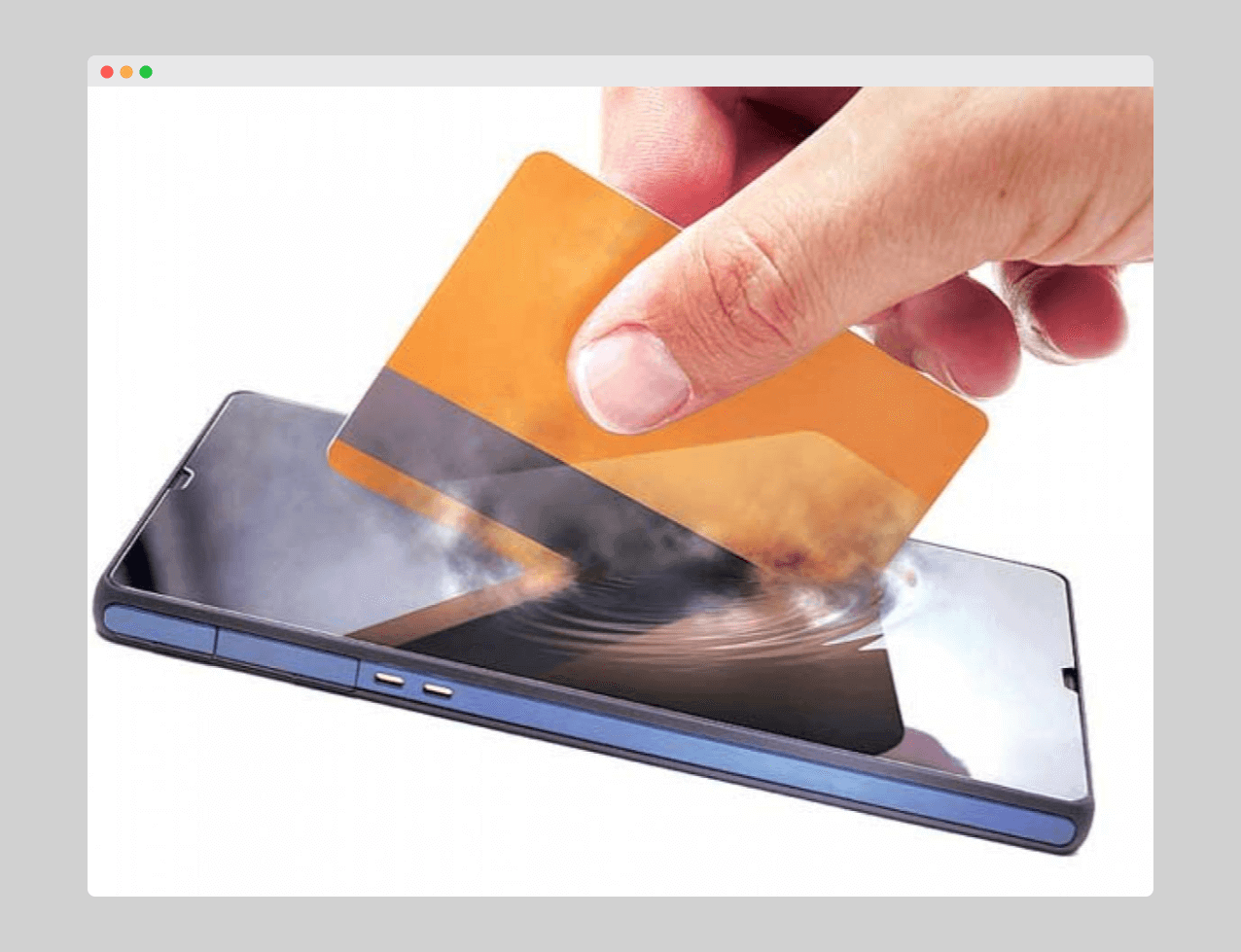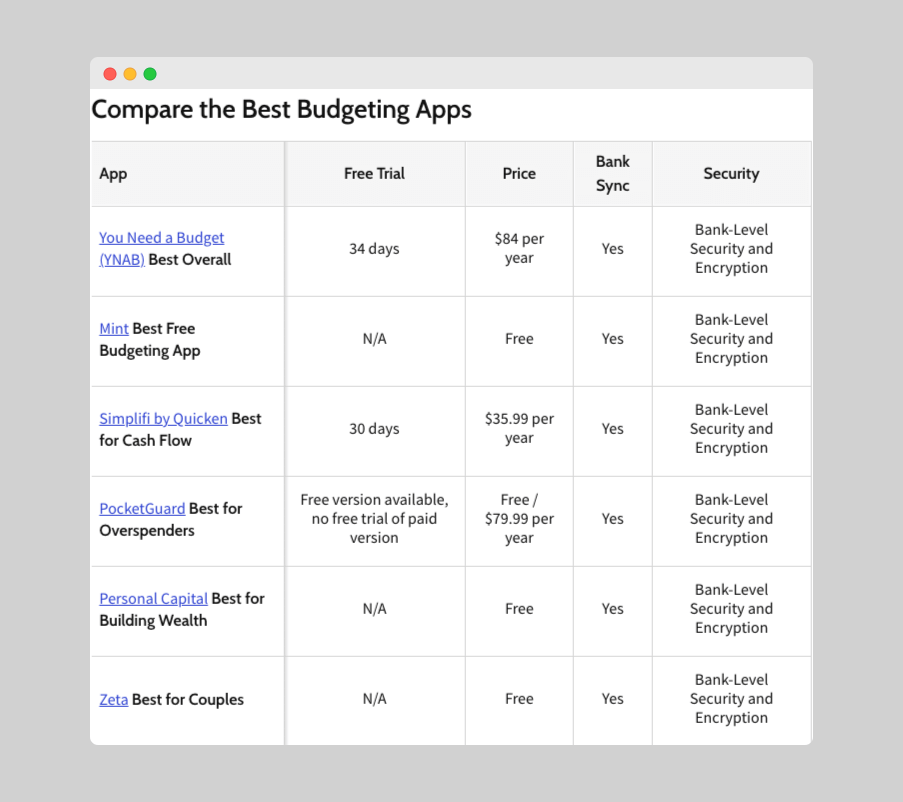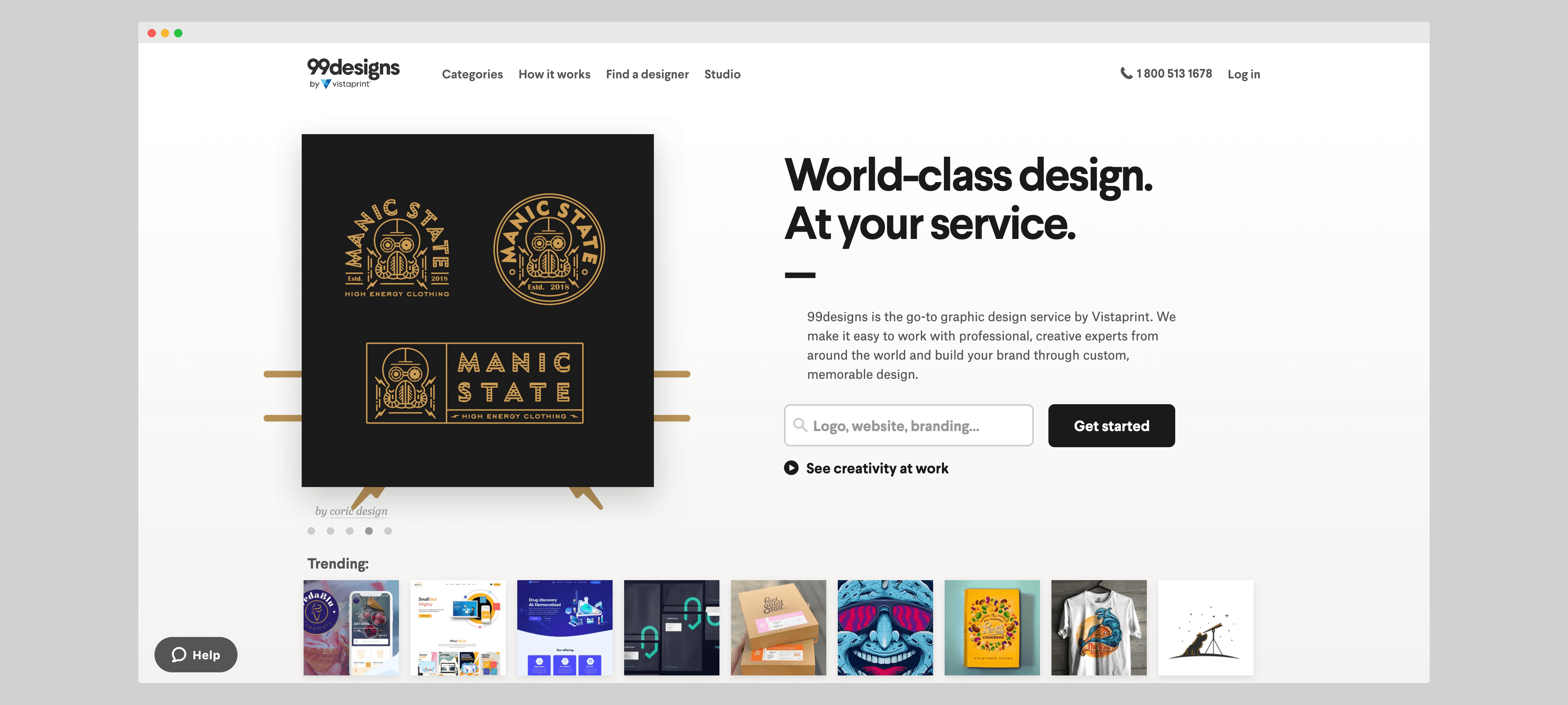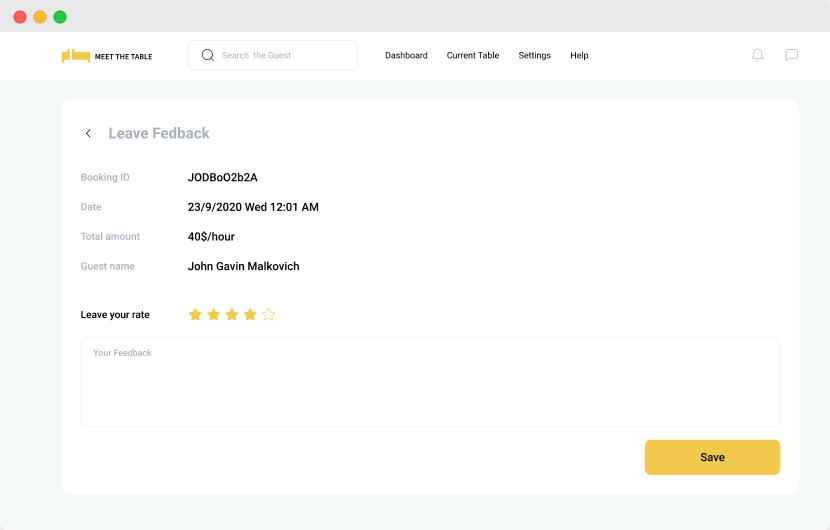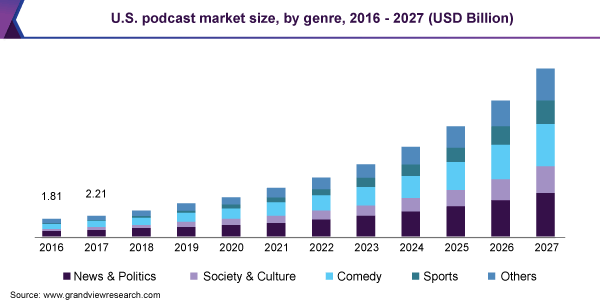When we talk about healthcare data integration, emphasis is often placed on components, such as EHR systems.
Sometimes, the problem isn’t about collecting data, but how to manage and use it easily. Imagine if everyone in healthcare used the same system for their data – that would make things a lot simpler, right? But, unfortunately, that’s not the case.
Different companies use different systems and ways to store their data. Even within the same company, information can be fragmented across various systems. Mishandling of this data can lead to repeated information, inconsistent care for patients, or issues when trying to share it.
For everyone to be able to access it, we need to bring all that information in one place. This is what we call “health data integration.” But how do we go about it? Should we use systems like Redox or InterSystems, or just combine everything directly? Also, what issues might a clinic face while putting all this data together? Let’s dive deeper to answer these questions.
What Is Health Data and Why Integrate It?
Health data is information about an individual’s or population’s health. It includes aspects such as medical history, diagnostic results, and beyond. It also extends to environmental and behavioral factors that might influence medical outcomes.
In the past, doctors used to gather all the health information they needed when a patient came to see them. They would use this data to decide on the best treatments based on evidence.
But now, things have changed thanks to digital health technology. Doctors can now get important information much faster. Plus, they can use these new technologies to keep the information safe and make sure patients can access it easily. We have fitness trackers and health apps that help us collect facts outside of a doctor’s office.
In short, the main goal of health data is to make care better and less expensive. This is helpful to the patients and hospitals alike.
For instance, by predicting which patients are at risk of certain diseases, we can intervene earlier and prevent expensive treatments later on. It can also help avoid unnecessary or duplicate tests and procedures. Patients and healthcare providers thus save money.
According to Statista, the amount of global health data grew a lot in 2020. To give you an idea, in 2013, there were 153 exabytes of data (that’s a lot!) created. But in 2020, there were about 2,314 exabytes of new ones created. Now, think about how much more data we’ll have in the future, especially with big data technologies like AI and ML revolutionizing medicine.
Thus, it’s fair to say that combining all these different sets of information isn’t always easy. Before hospitals can use any of this data, they need to clean it up and make it standardized. This means making sure all the different bits of data fit together well.
Nonetheless, cleaning and standardizing data are only one facet of the problem. Let’s look at other challenges medical groups might face when they try to put all their information in one place.
Health Data Integration Challenges in Hospitals
Research by Techcrunch shows that 44% of healthcare firms avoid data integration due to inherent risks and obstacles. Here are some of these challenges.
Healthcare data comes in many forms. This variety makes it hard to combine it from different sources. With no universal format, researchers often struggle to access valuable information.
Handling hospital records lacks a standard method, leading to potential data loss. Unclear data ownership rules compound this issue. Hence, strict protocols to standardize data handling and clarify ownership are a must.
Often, medical teams don’t fully understand the rules about keeping patient information private when they have to share it. This is why health companies in the US are making more efforts to follow privacy rules. Statista reported that more than half of the C-level execs said they are either updating privacy rules or training their workers as part of their plan.
Healthcare firms use many apps that hold similar data. But this asset isn’t always accessible across platforms. Even small discrepancies can hurt data-driven insights. Uniformity across apps, through compliance standards, is crucial.
New medical devices and wearables are increasing the number of data sources. But integrating information from wearables can be tough due to its format and privacy issues.
Another Statista survey revealed that in 2022, there were over 340 cases of health data breaches in the US. To give you a perspective, back in 2005, there were only 16 cases.
So what does this mean?
As technology and healthcare systems get more advanced, we also need to do a better job at keeping data safe. It’s super important for medical companies to protect their records from hackers. They have to follow the rules that are already in place.
For example, HIPAA gives guidelines on how to protect data. Differently, HL7 standards direct the sharing information between different healthcare providers’ apps. But how many of our medical institutions are really following these rules all the way? Are they really using the best ways to bring all their facts together? If you’re unsure, contact us to audit these questions.
Need more data?Keep reading. We’ll look at the best ways to integrate data, and you can see how this compares to what you’re doing now and figure out what you might need to add or get better at.
What Solution can We Offer
Find out moreWhat Is the Best Way to Integrate Data? Redox vs. InterSystems vs. Direct Integration
At our company, The APP Solutions, we use Redox, Intersystems, as well as direct integration with systems like Epic and Cerner. At the end of this article, we’ll share a real-life example where we used this expertise to help a client.
But before we get to that, let’s compare Redox, Intersystems, and direct integration so you can understand what each one involves.
Redox stands out as a leading name in healthcare integration in the US. It ensures secure, real-time data sharing between over 400 software vendors and more than 4500 healthcare organizations across 90+ Electronic Health Records (EHRs), health information networks like Carequality, and more.
The Redox platform is a cutting-edge, standardized API that minimizes integration challenges, allowing health tech innovators to concentrate on building unique workflows and experiences.
- User-friendly: Redox provides a single endpoint. So, you write the code once and use it across any health system. All integrations, regardless of the EHR provider, will have the same appearance and functionality.
- Speedy: The design of Redox encourages reuse. It lets you benefit from the technical mapping and connectivity already established with over 4,000 organizations.
- Scalable: Hosted on AWS, Redox caters to the demands of its entire network. It processes over 750 million messages every month. In other words, you’re assured of dependable and scalable deployments.
- Tech supported: A dedicated team of specialists handles healthcare integration and data management. They work as an extension of your team. Everything from product design to implementation planning and long-term support are managed.
- Secure: Redox holds HITRUST certification and is SOC II compliant.
Redox is available in the US and Canada and follows an annual licensing structure. It additionally includes a base platform fee and a cost per transaction. The cost depends on the expected total message volume and the complexity of transforming to JSON/FHIR. Early-stage digital health companies can avail of discounts.
Redox offers different subscription durations at varied costs. Please note that extra taxes or fees might apply. In case you need assistance with this question, schedule a call, and we’ll help you find the best solution for you.
All Redox plans come with developer tools and sandboxes. You get a centralized dashboard and transmission logs, and more alongside those.
Redox is available as Software as a Service (SaaS). The application is hosted and operated over the Internet by the vendor. Customers are billed for usage through their AWS account.
InterSystems runs on four main solutions. These are Health Connect, InterSystems Iris, InterSystems Caché, and InterSystems Ensemble.
Health Connect is a versatile healthcare integration engine that supports high-volume transactions. It engineers process management and monitoring for crucial applications. You can use it as a Platform as a Service (PaaS) or for on-premises/private cloud.
Health Connect brings along benefits like
- swift scalability;
- zero-downtime stability;
- faster interface development,
They all translate to cost savings. Health Connect caters to healthcare delivery systems of all sizes, from small clinics to large, complex networks.
At the heart of Health Connect is an efficient, multi-model data engine. This smoothly manages different types of information at high speeds. Other functionalities are:
- interoperability by design;
- quick failover recovery;
- user-friendly HL7 schema editing;
- and a flexible security model, and more.
HL7 INTEGRATION: A REFERENCE FOR ITS BENEFITS, IMPLEMENTATIONS, AND APPLICATIONSRead also:
InterSystems Ensemble consolidates all the data you need to capture, share, understand, and use within your organization. There’s no need to invest time and money in assembling multiple tools to gain a comprehensive integration environment. Ensemble has everything covered.
Every component of your integrated solution is stored as an object in Ensemble’s efficient, multi-model data repository. This provides a unified and consistent view of the systems, applications, and services that make up your solution, significantly reducing the complexity often associated with integration projects. This makes solution development faster and management easier.
InterSystems IRIS represents the latest evolution of the InterSystems data management suite. It includes all the features of InterSystems Caché and Ensemble tools, and adds a number of exciting new abilities. This makes it easier to create and launch applications for businesses that are based in the cloud, are analytics-focused, and require superior performance and scalability.
InterSystems Caché makes it easier to design and launch applications. It offers multiple options for high-availability, including a sophisticated mirroring approach, giving your applications a high level of reliability. You would require less hardware than solutions from other vendors.
Caché comes with a flexible security model that’s easy to adapt. It includes simple provisioning features, making it effortless to control who can access your resources.
The general framework of Caché is simple, and its powerful system management tools mean that you need fewer database administrators (DBAs) than with other databases. In many cases, you might not even need a dedicated DBA at all.
Epic and Cerner l are major companies that provide technology for health information. These systems help big hospitals and health services in the U.S. to save and share electronic medical records easily.
Integrating a Personal Digital Assistant (PDA) into the Epic Electronic Health Records (EHR) system necessitates a detailed process. It involves six key steps and typically takes about a year and a half. This task needs a clinical expert or health data integration company who can lead the process.
Cerner, on the other hand, focuses on making data accessible everywhere. Their Interoperability service ensures that healthcare professionals can get the information they need, no matter where it comes from. This aids in sharing data across different health services.
The specifics of integrating either Epic or Cerner are quite complex. If you’d like to understand more about them and see how they compare, we recommend reading this article where we discuss their differences.
We can help you! With both consultation and a software development team
Click hereAction Plans for Tackling Data Integration
If you’re looking to weave together health information from various sources, it’s essential to have the right approach. Here’s what you can to effectively merge information at your healthcare practice.
To consolidate health data from various sources, make sure your technology can handle different data formats. Use integration tools (ESB or iPaaS) that can standardize this information, ensuring it’s accurate and easy to read.
Before merging data, review and update all information. This helps avoid integrating incorrect or outdated data. Back up all vital data to prevent any loss during the process.
Creating a structure for your data simplifies integration. Set up workflows for gathering, processing, cleaning, and sharing data from various systems.
These are storage solutions for data. They allow for data searching and analysis, although they work differently. Data warehouses are great for storing structured data, while data lakes can handle a mix of unstructured and structured data.
Data integration is an ongoing process. Determine which information needs to be integrated first and which can be done later to avoid disruptions.
Traditional IT systems in many organizations can’t exchange data with modern systems. In contrast, using cloud-based solutions can provide a unified view of data from different systems.
Consider how the end-user will see the data. This will help you present your findings in a meaningful way, making it easier for users to access and utilize the data effectively.
Health Data Integration with The APP Solutions: Orb Health Case
Orb Health provides a service that makes healthcare easier to manage for health centers, systems, hospitals, and unions. It helps improve patient results and makes the transition from traditional fee-for-service to value-based care smoother, without needing to add more staff or infrastructure.
The APP Solutions helped Orb Health to extend their service to more patients. We set up remote contact centers that are connected to electronic medical records (EMR), helping to provide a seamless healthcare service.
Here are the solutions we delivered:
Redox Integration
Redox integration simplifies the process of connecting digital health products to different electronic health records (EHRs) systems, saving time and avoiding complications.
Genesys Integration
This solution allows existing workforce management software to easily integrate with other systems, which makes setting up a contact center quicker and easier.
Power BI Integration
We opted for Power BI integration so that the company could take data from various sources and turn it into clear and interactive insights. By doing so, they would better visualize and understand important data.
Data Security (HIPAA Standard)
Ensuring that sensitive patient data is stored securely was a top priority, and necessary to meet HIPAA standards.
As a result of these solutions, Orb Health saw significant improvements, such as:
54% | 22% ED / Hospitalization Decrease
- 70% Care Gap Measure Closure
- $6 MM Annually Medicare Savings Per 1k Patient
- 26% Overall Patient Savings
Conclusion
Connecting health information is a special task for every company. If you’re thinking about using Redox, InterSystems, or direct integration, we suggest you engage an experienced team. At The APP Solutions, we assist health groups to surmont their integration woes and build interconnected systems for improved patient results.
Do you need help connecting health data or EMR/EHR integration?
Contact us
.jpg)


